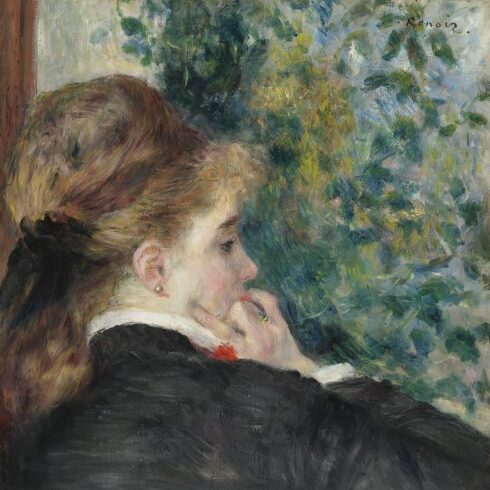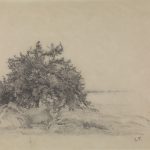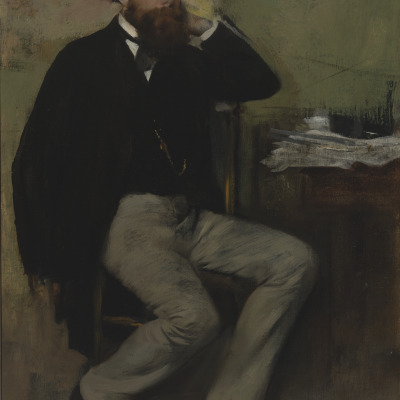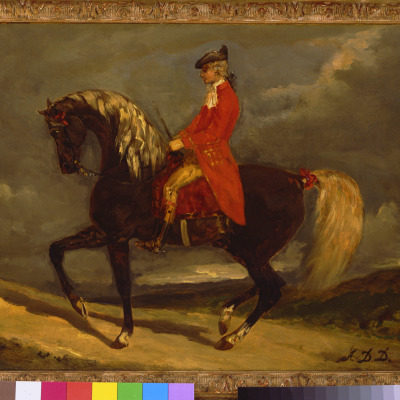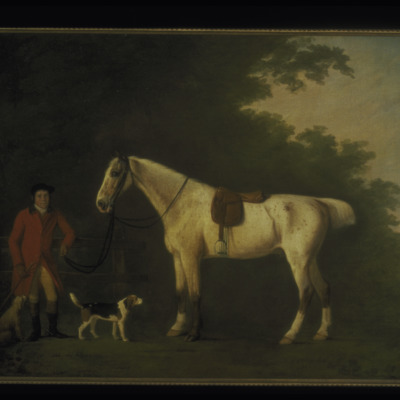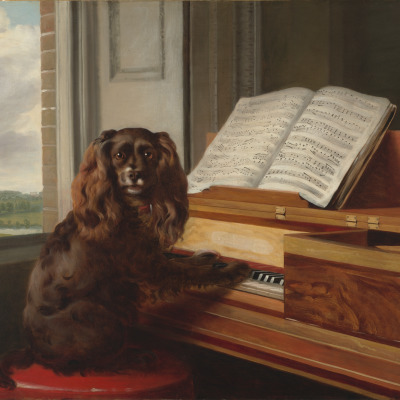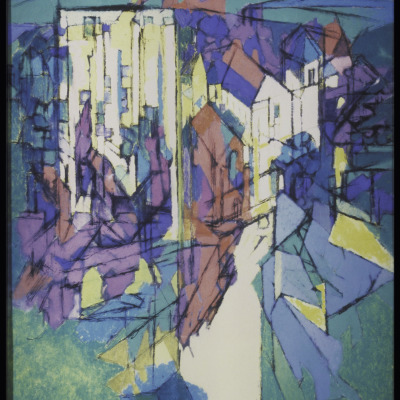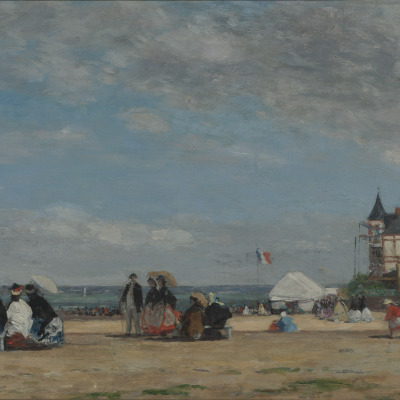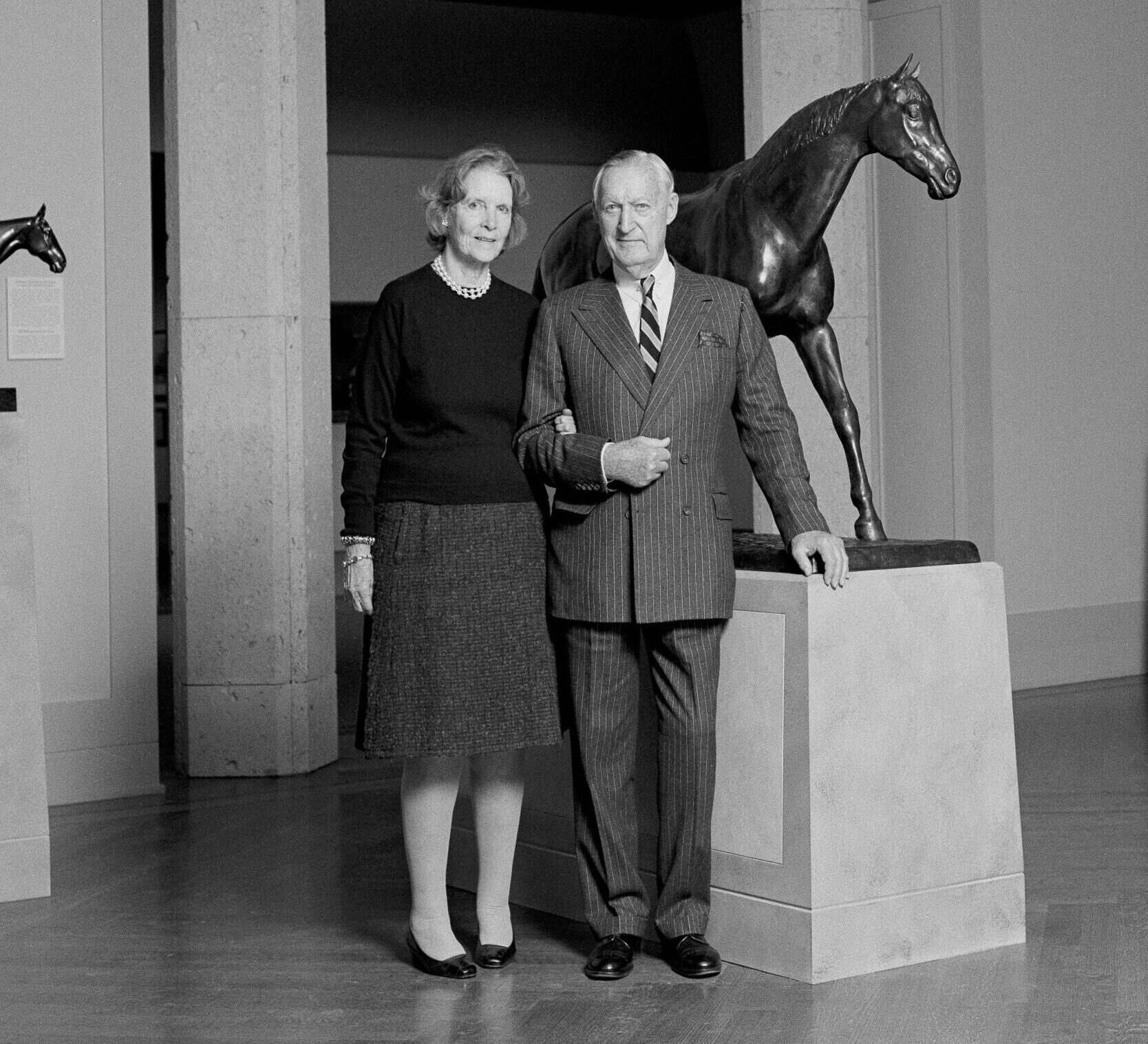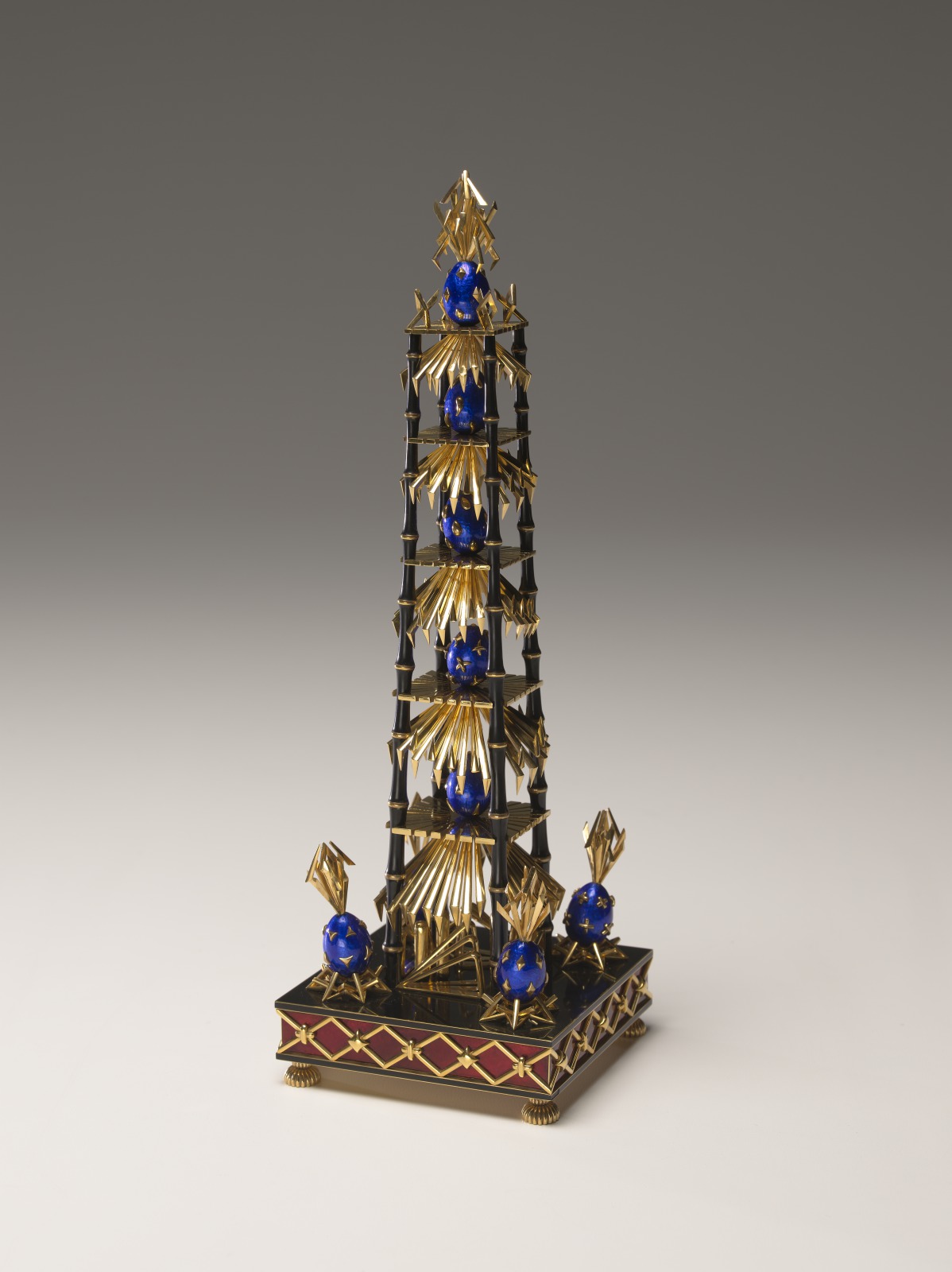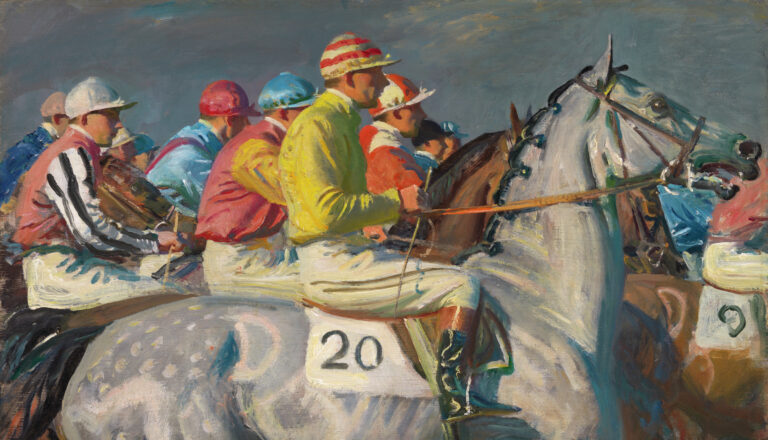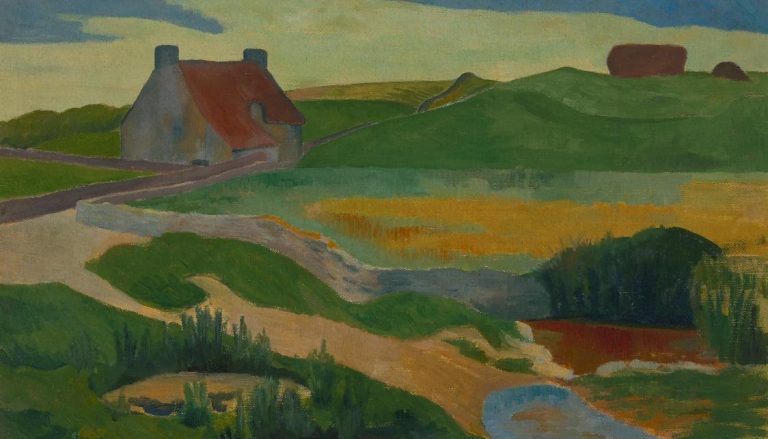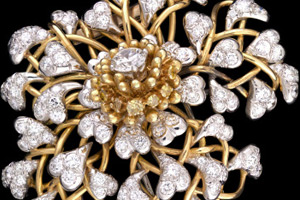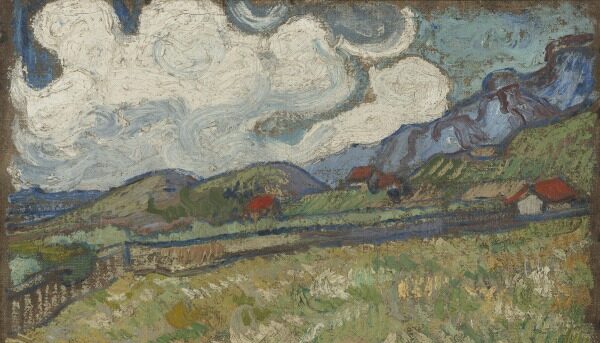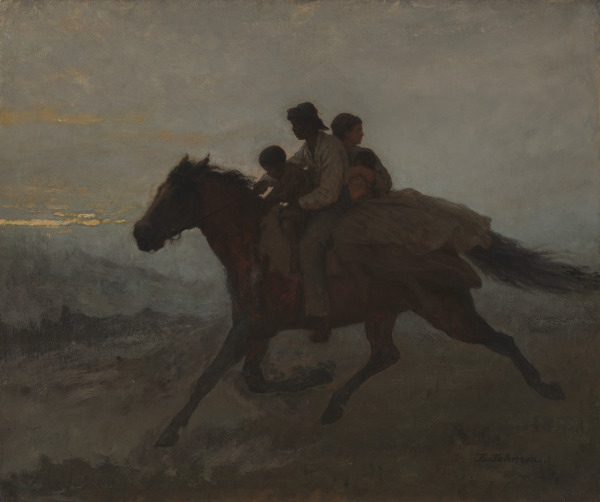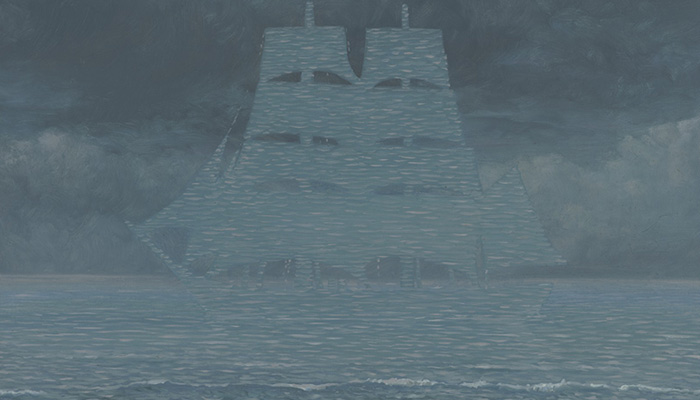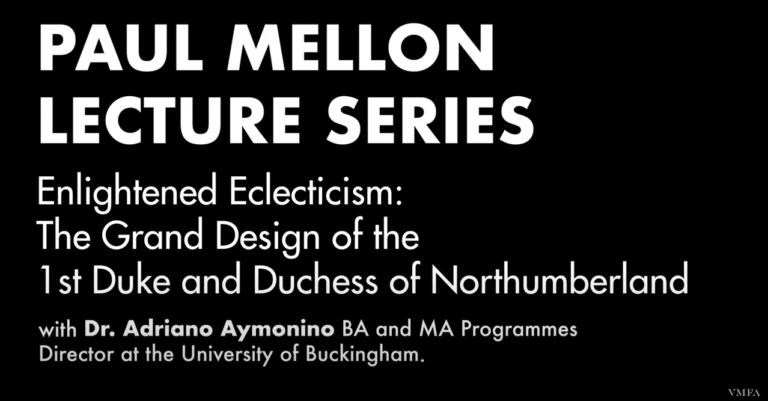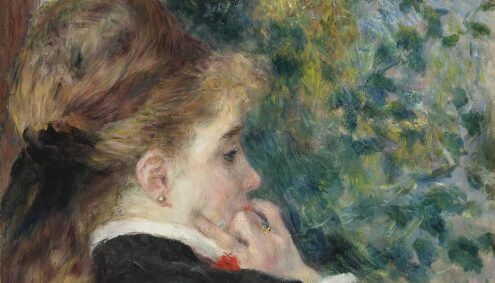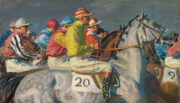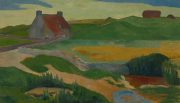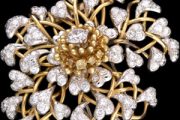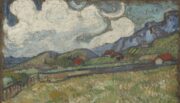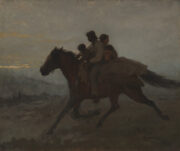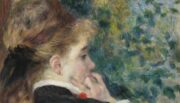This extraordinary legacy of jewelry and objets d’art that Rachel Lambert Mellon commissioned from Jean Schlumberger throughout his career is the largest and most comprehensive public collection of his work and a testimony to a decades-long collaboration between an artist and patron.
The generous gift of the Rachel Lambert Mellon Collection of Jean Schlumberger to the Virginia Museum of Fine Arts offers an exceptional opportunity to display the creations of one of the most talented fashion designers of the 20th century. As a lifelong patron of the arts, Rachel Lambert Mellon possessed a distinctive taste in art, decor, and fashion characterized by pieces that were at once lavish and whimsical, highly original, and consciously understated. When Mrs. Mellon first saw Jean Schlumberger’s vibrant creations at his showroom in New York’s Upper East Side in 1954, she undoubtedly recognized a kindred spirit in the French jewelry designer.
In the colorful associations of precious stones, metals, and enameling for sculptural designs inspired by nature, architecture, and the exuberant audacity of his surrealist contemporaries, Schlumberger’s designs epitomized the chic. But his jewelry also expressed an apparent pleasure in the fantastic and the unexpected. This extraordinary legacy of jewelry and objets d’art that Rachel Lambert Mellon commissioned from Jean Schlumberger throughout his career is the largest and most comprehensive public collection of his work and a testimony to a decades-long collaboration between an artist and patron.

